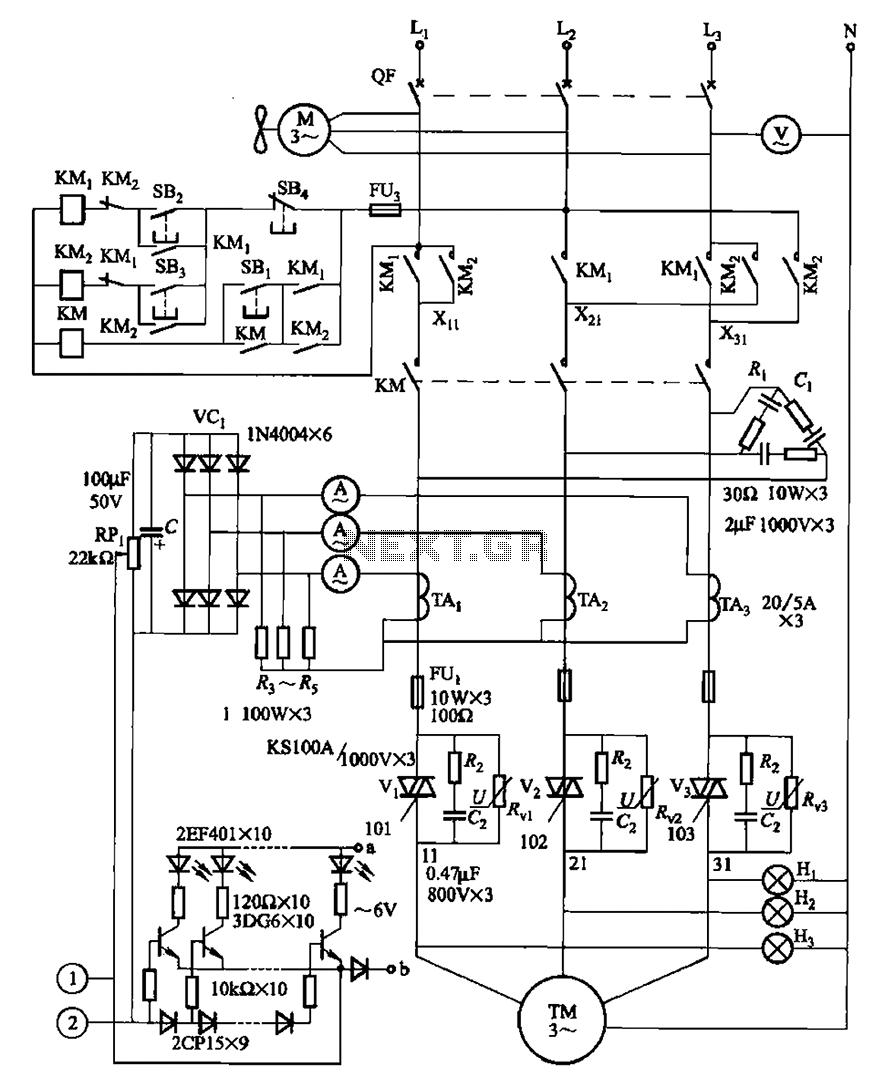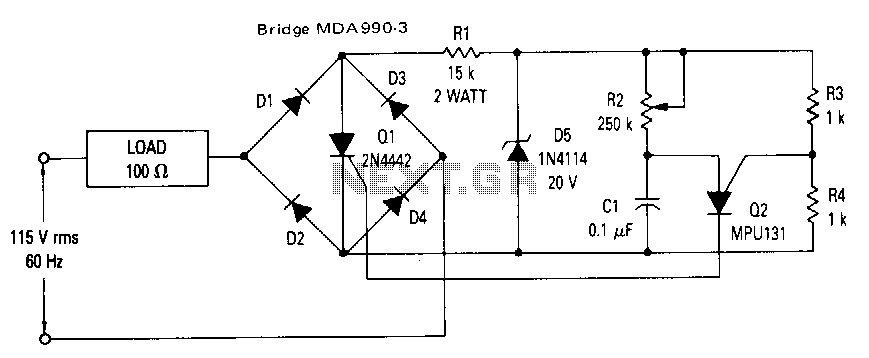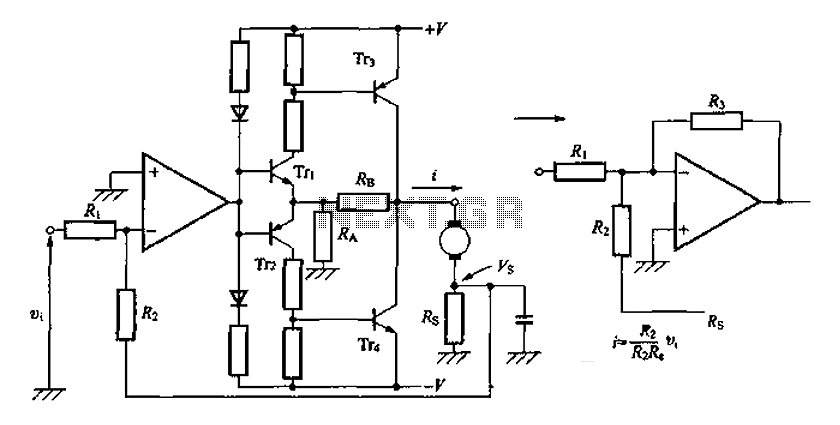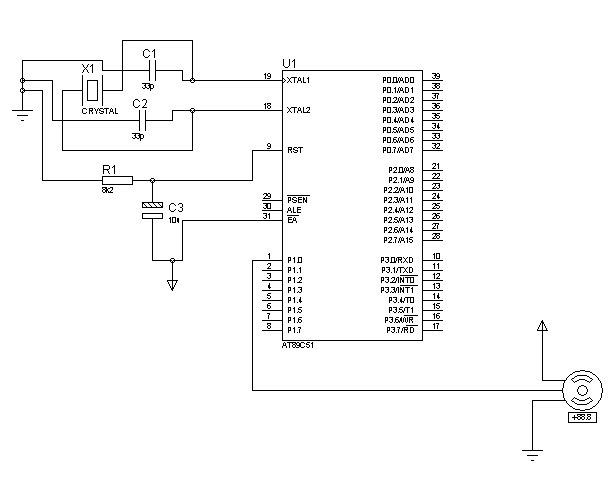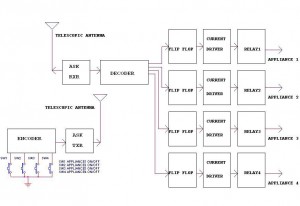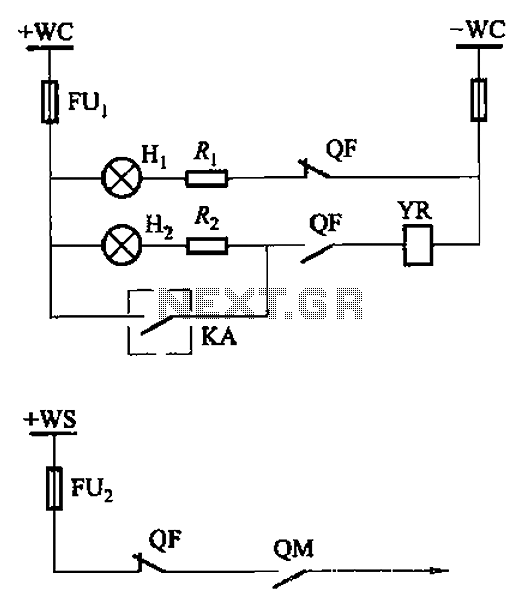
Hampton Bay Air Conditioner IR Remote Control Reverse Engineer
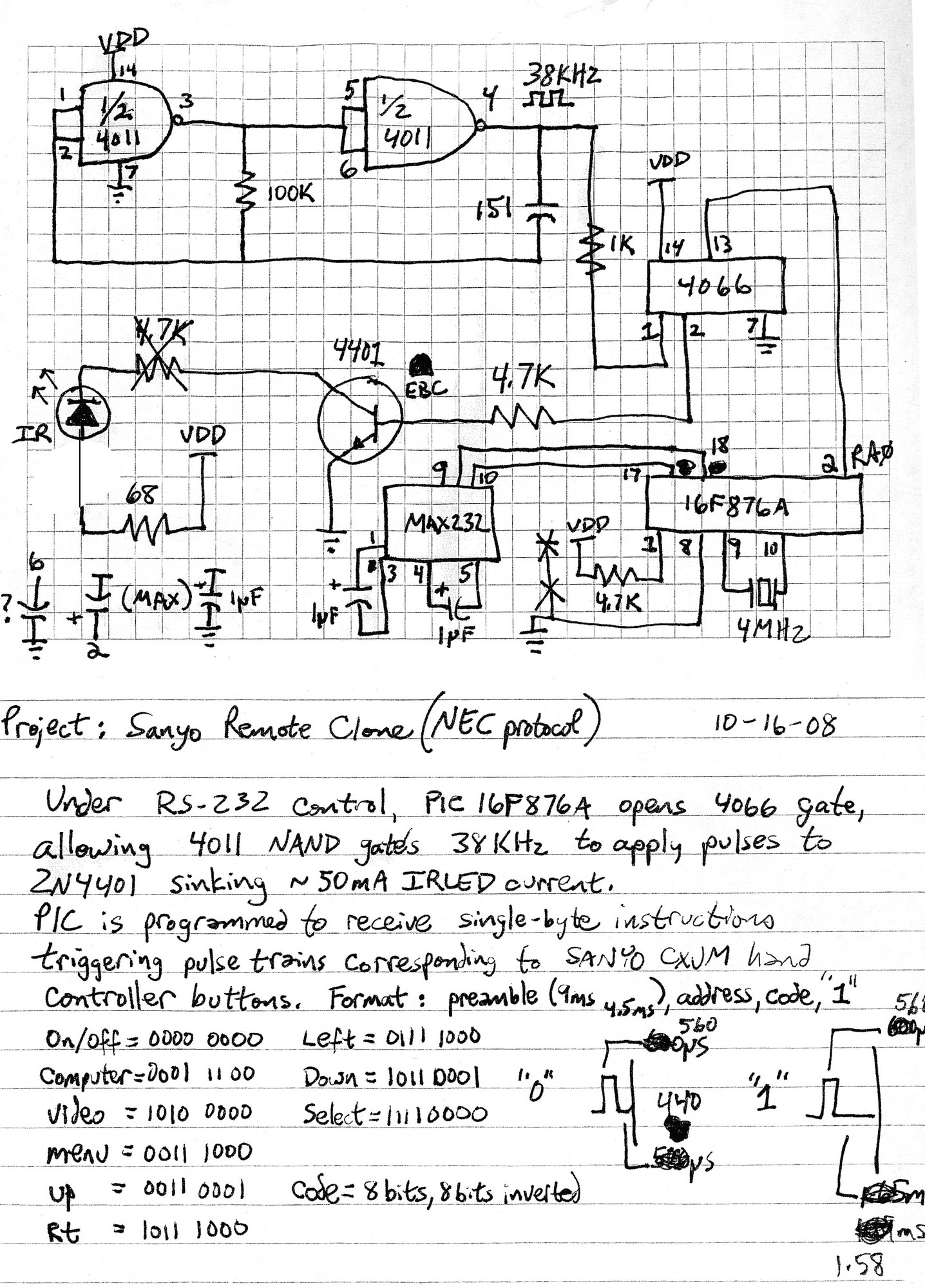
Electronics Nerd demonstrates the process of reverse engineering an infrared (IR) remote control signal. By understanding the type of signal transmitted by the remote, a microcontroller can be programmed to simulate the code necessary to control the Hampton Bay Air Conditioner. In the NEC protocol, an initial start pulse prepares the receiver integrated circuit (IC) for data transmission at a specific rate, adjusting its automatic gain control (AGC) circuitry for the expected signal level variations. Following a standard 9 ms equalization pulse, there is a 4.5 ms pause before the receiver begins accepting data at a predefined baud rate. If an unexpected spike occurs during transmission, the air conditioner may turn off instead of reducing the setpoint temperature, as there is no mechanism to detect glitches in the transmission. Implementing simple error checking can prevent invalid input and ensure reliable transmission of valid control data.
The process of reverse engineering an IR remote control signal involves several key steps that are crucial for effective communication between the remote and the receiving device. The NEC protocol, widely used in consumer electronics, utilizes a structured method for data transmission, beginning with an initial start pulse. This pulse is essential as it prepares the receiver IC for incoming data by adjusting its AGC circuitry, which is vital for maintaining the integrity of the signal despite fluctuations in signal strength.
After the start pulse, the protocol specifies a 9 ms equalization pulse. This pulse serves to standardize the receiver's response to the subsequent data, allowing it to better interpret the signal. Following this equalization pulse, a 4.5 ms pause occurs, during which the receiver is readied to accept the actual data transmission. The data is sent at a predefined baud rate, which is a critical factor that determines the speed and efficiency of the communication.
One significant challenge in IR transmission is the potential for interference, such as unexpected spikes in the signal. If such a spike occurs, it could lead to erroneous commands being sent to the air conditioner, such as turning it off rather than adjusting the temperature. To mitigate this risk, the implementation of error checking mechanisms is advisable. These mechanisms can analyze the incoming data for inconsistencies, allowing the system to disregard invalid inputs while ensuring that valid commands are transmitted with a high degree of reliability.
In summary, the reverse engineering of an IR remote control signal, particularly for devices like the Hampton Bay Air Conditioner, requires a comprehensive understanding of the NEC protocol and the implementation of robust error checking to ensure reliable operation. This knowledge allows for the successful simulation of remote control signals using microcontrollers, thereby enhancing the functionality and user experience of electronic devices.Electronics Nerd shows us how to reverse engineer an IR remote control signal. By understanding what type of signal is being transmitted out of the remote control allows a microcontroller to simulate the code to control the Hampton Bay Air Conditioner. "In the NEC protocol, the initial start pulse prepares the receiver IC for a data transmission a t a particular rate, adjusting its AGC circuitry for the signal level excursions of what is to follow. After the standard 9ms equalization pulse, there`s a 4. 5ms pause, and the receiver then accepts data at a predefined baud rate. If one weird spike were to occur at a particular moment during the transmission, the air conditioner might turn off instead of lower the setpoint temperature of the unit, without a means for detecting glitches in a transmission.
Simple error checking like this provides for disallowing invalid input, while providing near-failsafe transmission of valid control data. " 🔗 External reference
The process of reverse engineering an IR remote control signal involves several key steps that are crucial for effective communication between the remote and the receiving device. The NEC protocol, widely used in consumer electronics, utilizes a structured method for data transmission, beginning with an initial start pulse. This pulse is essential as it prepares the receiver IC for incoming data by adjusting its AGC circuitry, which is vital for maintaining the integrity of the signal despite fluctuations in signal strength.
After the start pulse, the protocol specifies a 9 ms equalization pulse. This pulse serves to standardize the receiver's response to the subsequent data, allowing it to better interpret the signal. Following this equalization pulse, a 4.5 ms pause occurs, during which the receiver is readied to accept the actual data transmission. The data is sent at a predefined baud rate, which is a critical factor that determines the speed and efficiency of the communication.
One significant challenge in IR transmission is the potential for interference, such as unexpected spikes in the signal. If such a spike occurs, it could lead to erroneous commands being sent to the air conditioner, such as turning it off rather than adjusting the temperature. To mitigate this risk, the implementation of error checking mechanisms is advisable. These mechanisms can analyze the incoming data for inconsistencies, allowing the system to disregard invalid inputs while ensuring that valid commands are transmitted with a high degree of reliability.
In summary, the reverse engineering of an IR remote control signal, particularly for devices like the Hampton Bay Air Conditioner, requires a comprehensive understanding of the NEC protocol and the implementation of robust error checking to ensure reliable operation. This knowledge allows for the successful simulation of remote control signals using microcontrollers, thereby enhancing the functionality and user experience of electronic devices.Electronics Nerd shows us how to reverse engineer an IR remote control signal. By understanding what type of signal is being transmitted out of the remote control allows a microcontroller to simulate the code to control the Hampton Bay Air Conditioner. "In the NEC protocol, the initial start pulse prepares the receiver IC for a data transmission a t a particular rate, adjusting its AGC circuitry for the signal level excursions of what is to follow. After the standard 9ms equalization pulse, there`s a 4. 5ms pause, and the receiver then accepts data at a predefined baud rate. If one weird spike were to occur at a particular moment during the transmission, the air conditioner might turn off instead of lower the setpoint temperature of the unit, without a means for detecting glitches in a transmission.
Simple error checking like this provides for disallowing invalid input, while providing near-failsafe transmission of valid control data. " 🔗 External reference
